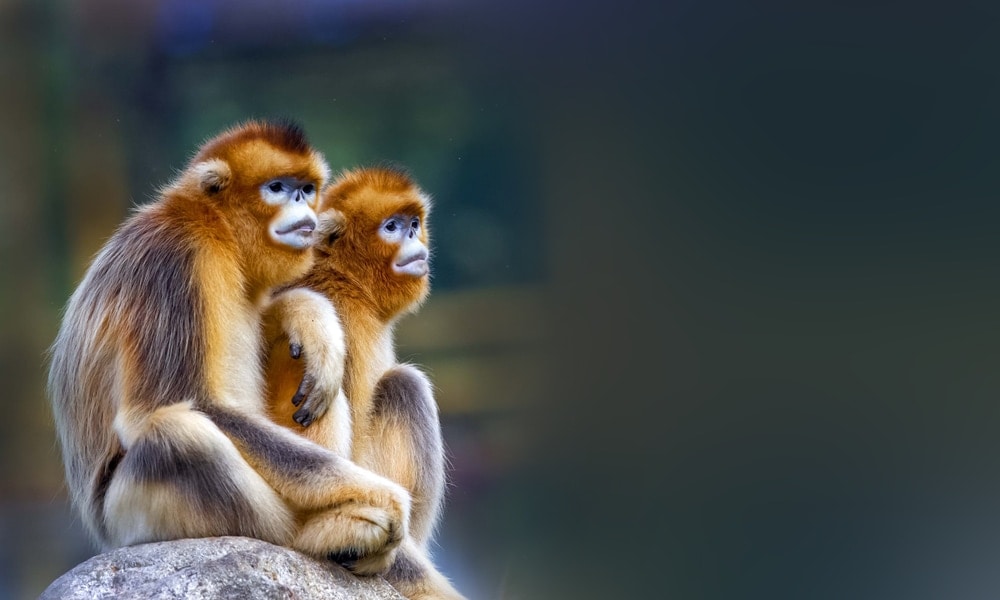Monkeys, with their playful antics and fascinating social structures, have captivated the human imagination for centuries. These intelligent and agile creatures come in various shapes, sizes, and species.
In this comprehensive exploration, we delve into the rich diversity of the monkey types world, shedding light on the different types of monkeys that inhabit our planet.
Understanding Monkey Taxonomy
Before we dive into the specific types of monkeys, it’s essential to understand the taxonomy that categorizes these primates. Monkeys belong to the order Primates, which is further divided into two suborders: Haplorhini (dry-nosed primates) and Strepsirrhini (wet-nosed primates). Monkeys fall under the suborder Haplorhini, which includes two infraorders: Tarsiiformes (tarsiers) and Simiiformes (anthropoids).
The Two Major Groups of Monkeys
Monkeys within the infraorder Simiiformes are classified into two major groups: New World monkeys and Old World monkeys. New World monkeys are primarily found in the Americas, while Old World monkeys inhabit Africa, Asia, and parts of Europe.
1: New World Monkeys
New World monkeys are characterized by their prehensile tails and unique features. Some well-known species include capuchins, howler monkey types, and spider monkeys. These monkeys showcase remarkable adaptations to their respective environments, making them a diverse and captivating group.
2: Old World Monkeys
Old World monkeys, on the other hand, are known for their non-prehensile tails and more complex social structures. Species like baboons, macaques, and langurs fall into this category. Their distribution across Africa and Asia demonstrates the adaptability of these primates to various climates and ecosystems.
The Diversity Within New World Monkeys
New World monkeys encompass a wide array of species, each with its own unique characteristics and behaviors.
1: Capuchins
Capuchin monkeys, known for their distinctive cap-like fur, are highly intelligent and dexterous. They use tools, such as sticks and stones, for various purposes, showcasing advanced problem-solving abilities.
2: Howler Monkeys
Howler monkeys are famous for their vocalizations, which can be heard over long distances. Their prehensile tails aid in navigating the treetops, and they often form tight-knit social groups.
3: Spider Monkeys
Spider monkeys are recognized for their long, slender limbs and prehensile tails. They are superb brachiators, swinging gracefully from tree to tree in search of food.
The Fascinating World of Old World Monkeys
Old World monkeys present a diverse array of species, each adapted to its specific environment and exhibiting unique traits.
1: Baboons
Baboons are robust and social monkeys with distinctive snouts. They inhabit a range of environments, from savannas to forests, and their complex social structures involve intricate hierarchies.
2: Macaques
Macaques are widely distributed across Asia and Africa. Known for their adaptability, macaques can thrive in various habitats, from mountainous regions to urban environments.
3: Langurs
Langurs are recognized for their long tails and distinctive fur, often sporting vibrant colors. They are adapted to arboreal life and are skilled leapers, navigating through the forest canopy with ease.
Conservation Concerns and the Importance of Preserving Monkey Species
As human activities continue to impact natural habitats, many monkey species face threats such as deforestation, habitat loss, and illegal wildlife trade. Conservation efforts are crucial to safeguard these primates and preserve the biodiversity of our planet.
Conclusion
The world of monkeys is a diverse and captivating one, with a myriad of species exhibiting unique traits and behaviors. From the agile New World monkeys swinging through the rainforest canopy to the resilient Old World monkeys thriving in diverse landscapes, each species contributes to the rich tapestry of biodiversity.
